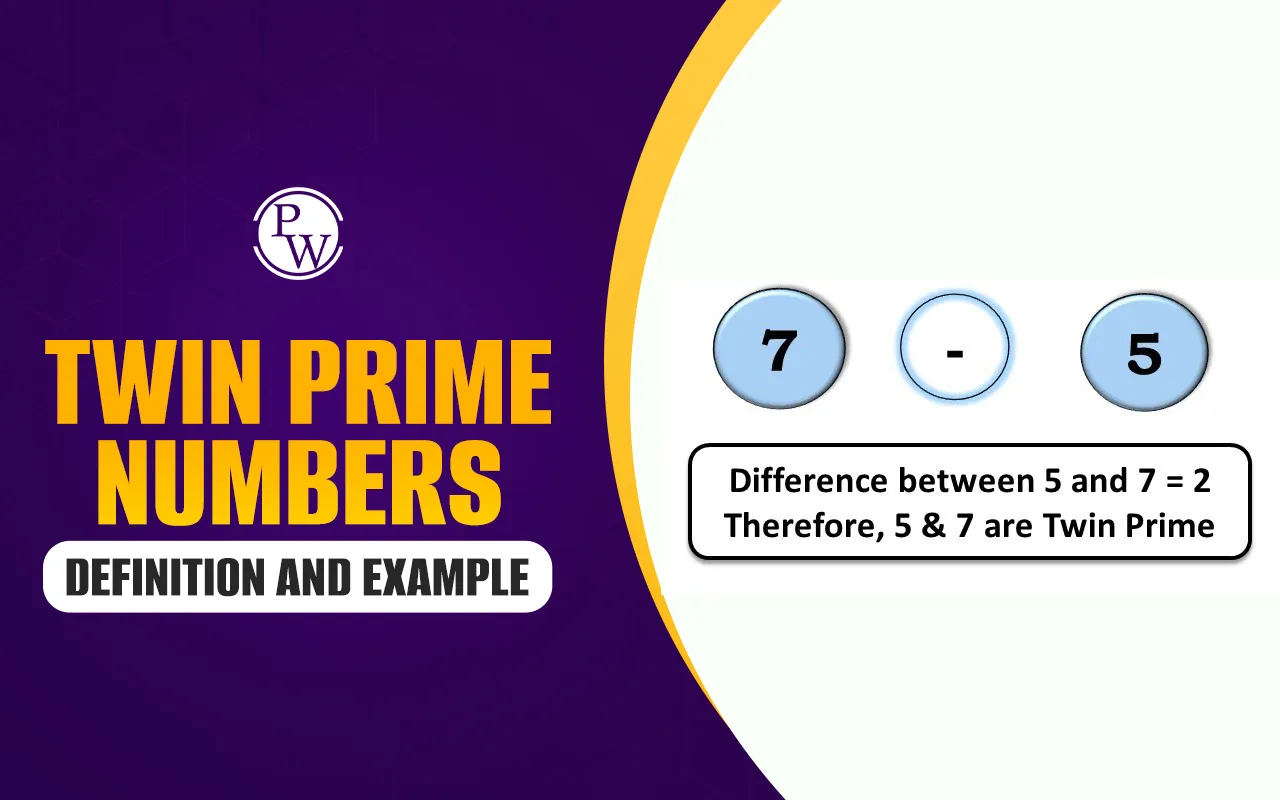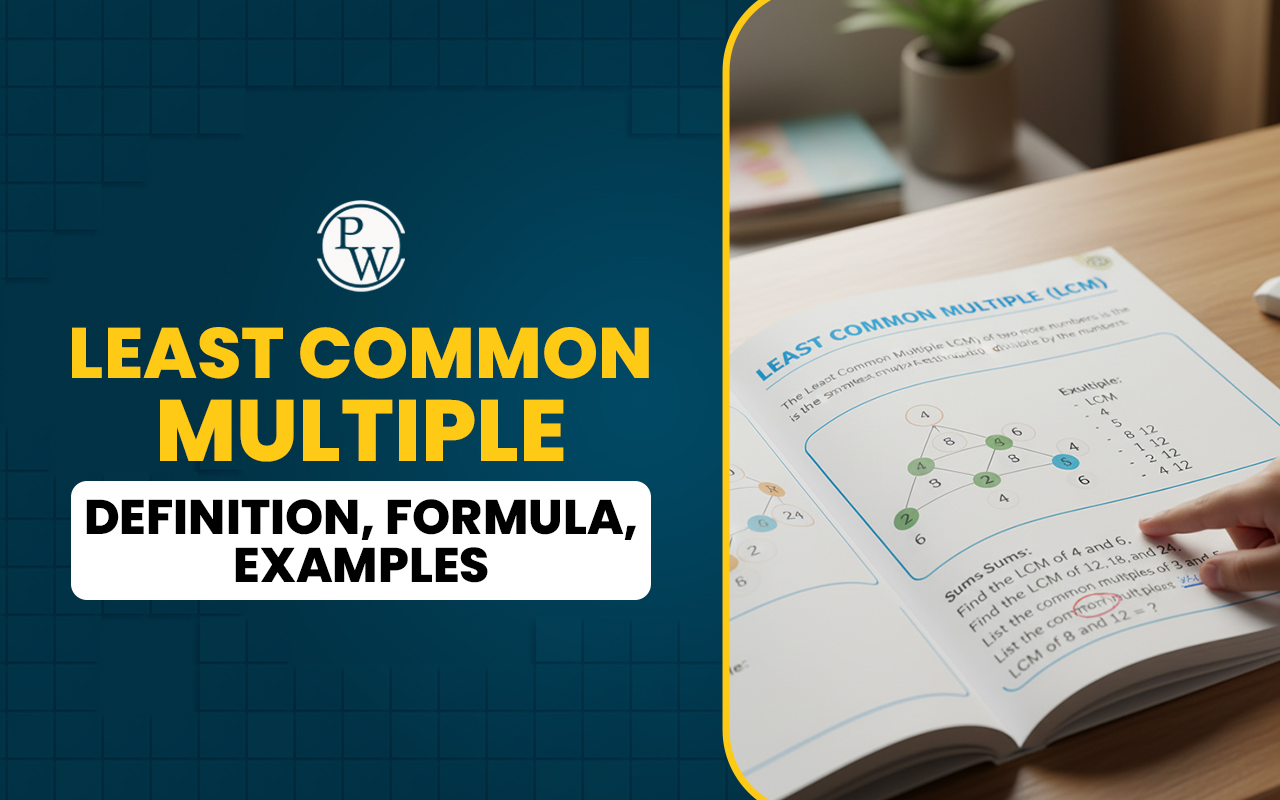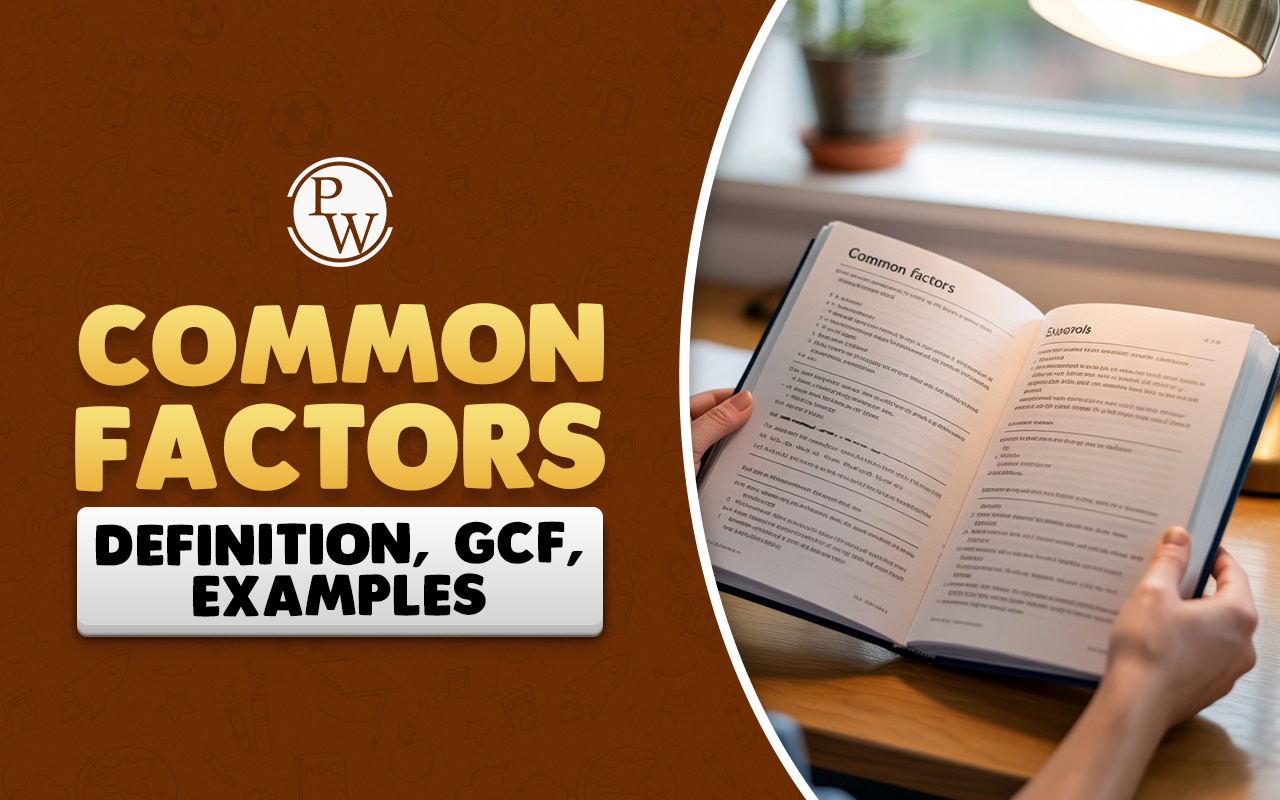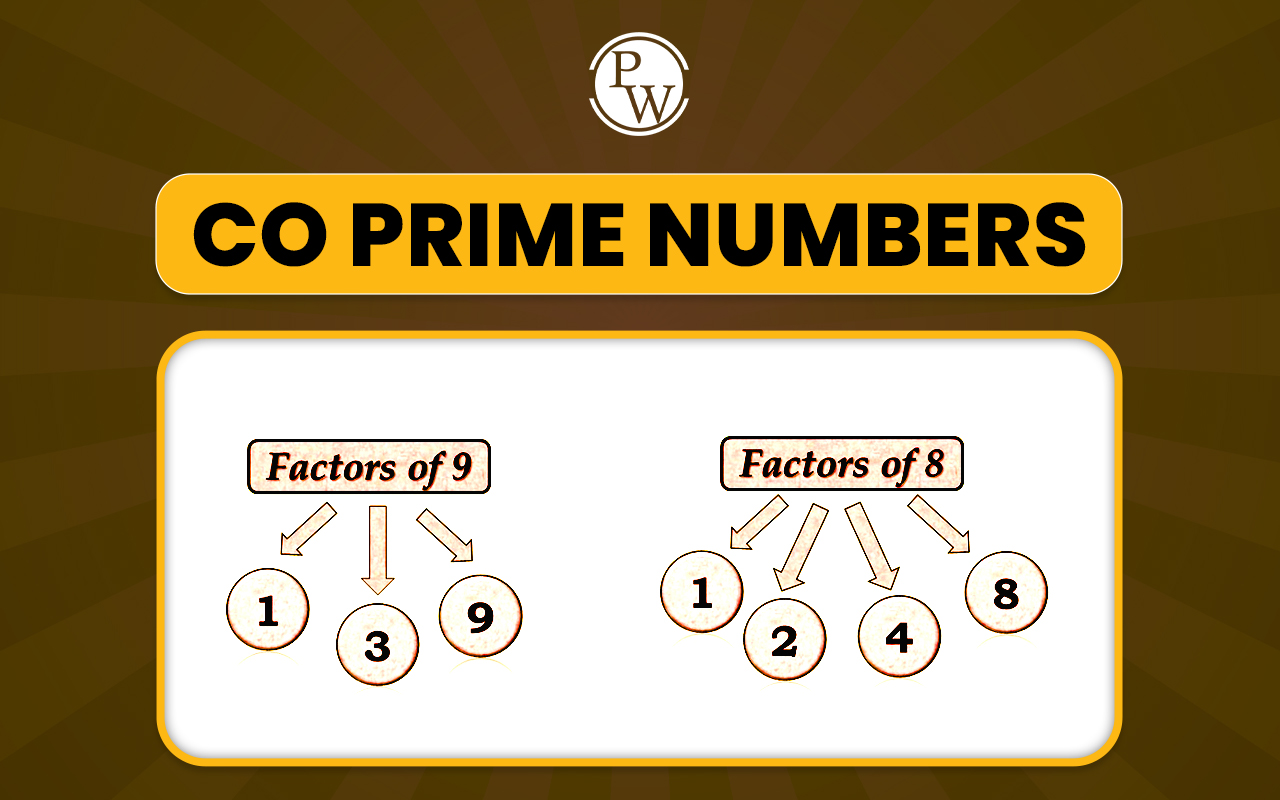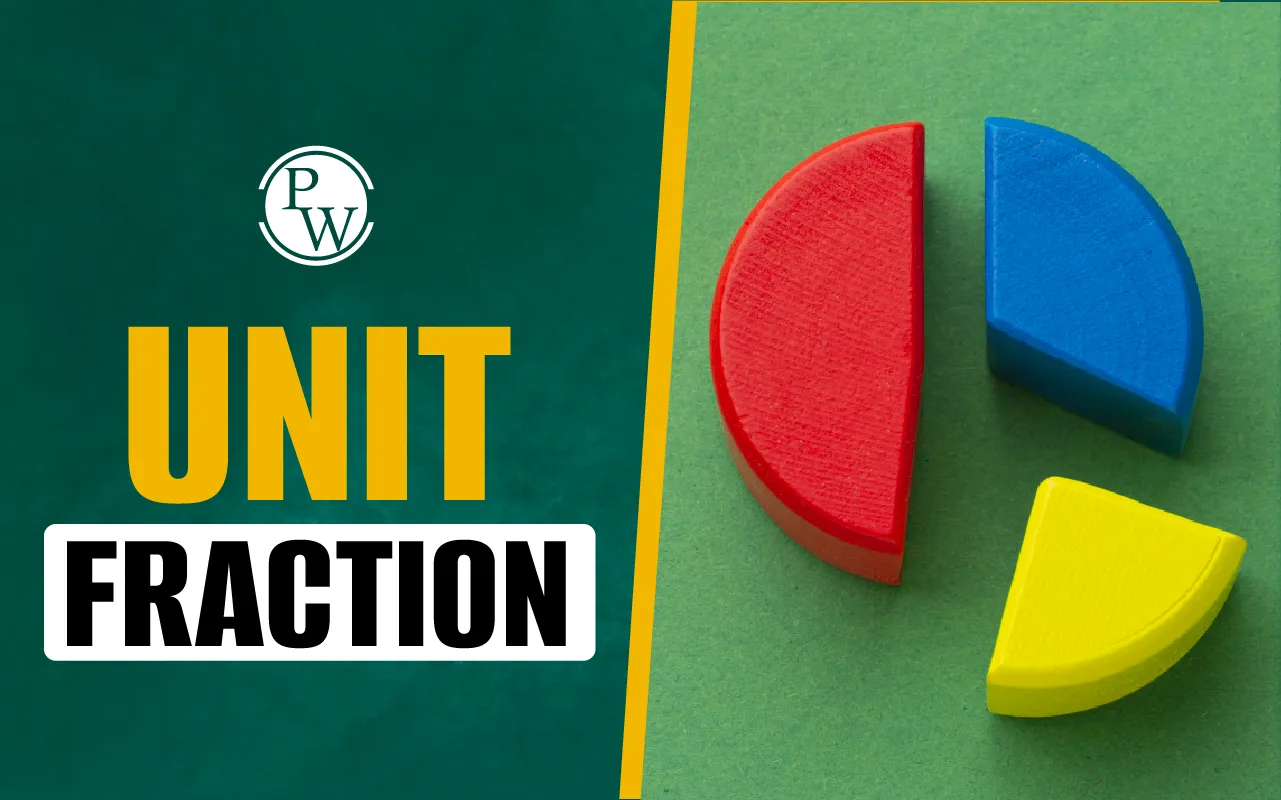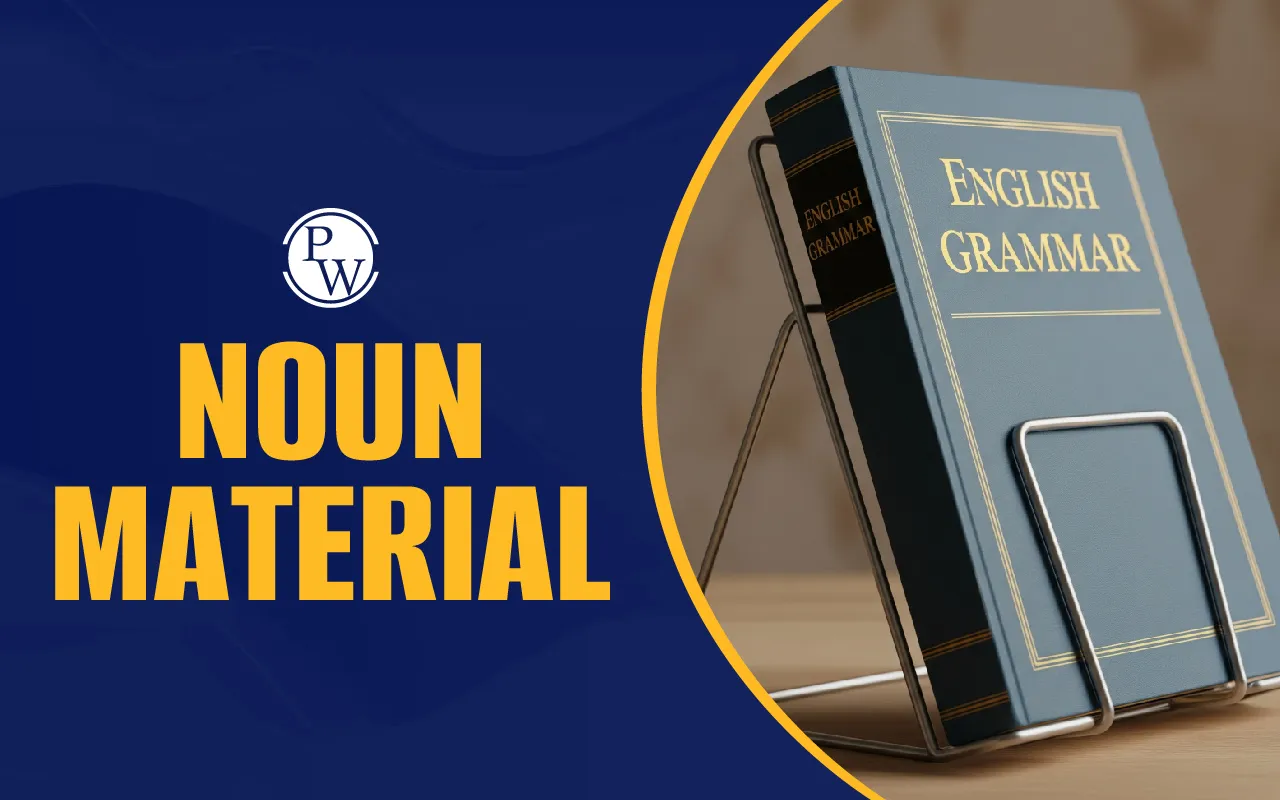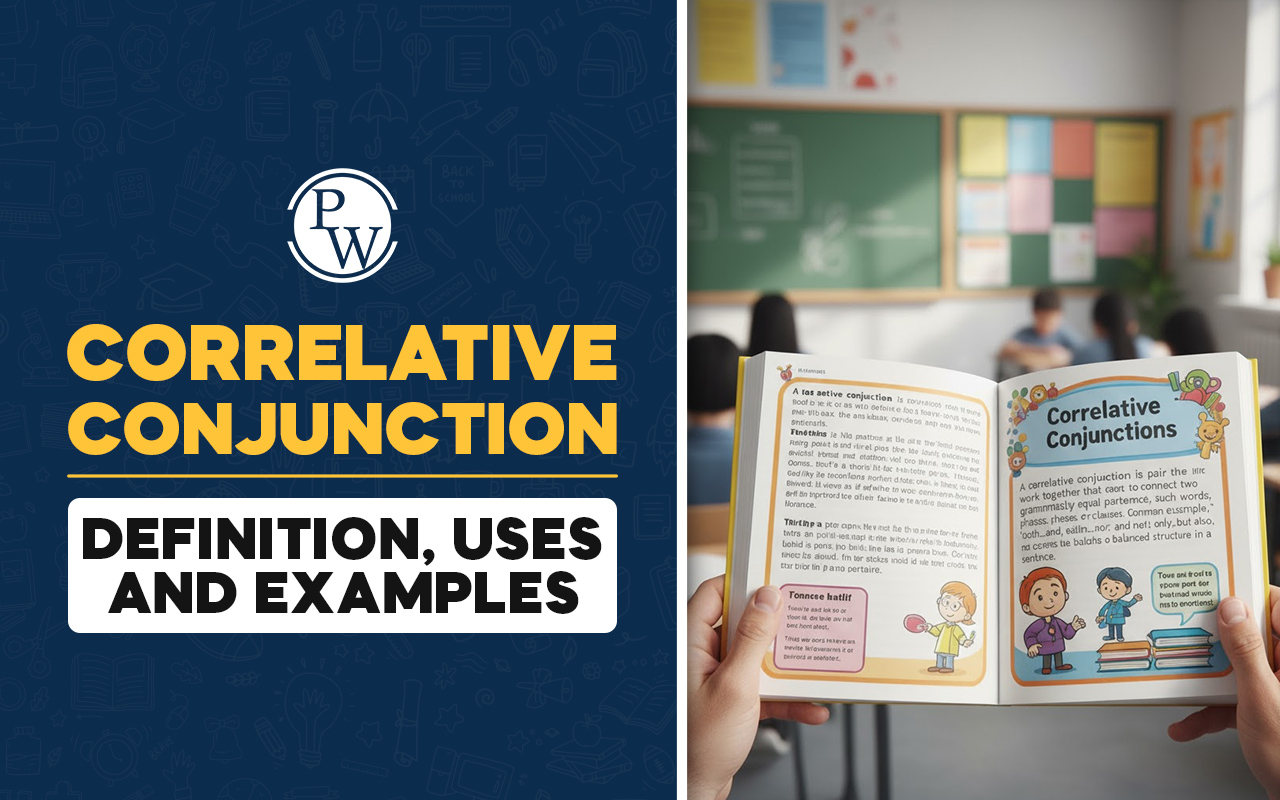
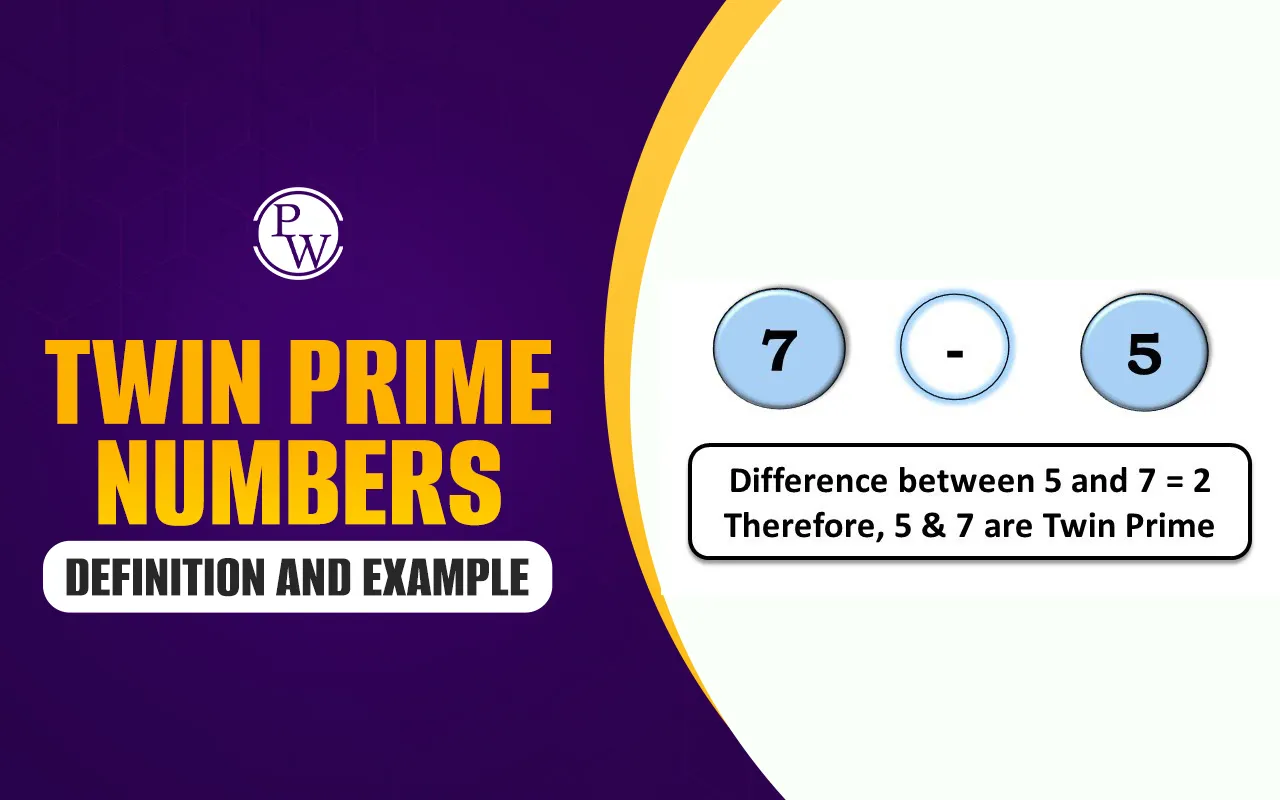
Twin prime numbers are pairs of prime numbers that have only one composite number between them. In other words, if two prime integers have a difference of 2, they are called twin primes. For example, 11 and 13 are twin primes because the number 12, which is a composite number, comes between them.
The concept of twin prime numbers in maths is very interesting. They show us special number patterns that make mathematics more exciting. Mathematicians keep studying them because they want to know how many such twin prime number pairs exist. Even today, the twin prime conjecture is not fully solved, and this makes the topic even more interesting.
Twin Prime Numbers Definition
Twin prime numbers are pairs of prime numbers that have a difference of 2. For example, (3, 5), (5, 7), (11, 13), and (17, 19) are twin prime pairs. The name "twin prime" was first used in 1916 by a mathematician named Stackel. They are called “twins” because between the two prime integers, there is always only one composite number in the middle.
Read More: What are Whole Numbers?
Twin Prime Numbers: First Pairs
The first few twin prime numbers are (3, 5), (5, 7), (11, 13), and (17, 19). These are the smallest prime pairs that have a difference of 2. Mathematicians think that such pairs never end, which means there may be infinite twin primes. Except for the first pair (3, 5), almost all other twin primes can be written in the form (6n – 1, 6n + 1).
Twin Prime Numbers Properties
Twin prime numbers have some interesting properties, such as:
-
5 is the only prime number that has a negative gap of 2 (5 − 2 = 3) as well as a positive gap of 2 (5 + 2 = 7). Since both 3 and 7 are prime, 5 comes in two twin prime pairs: (3, 5) and (5, 7).
-
Every twin prime number pair except (3, 5) can be written in the form (6n − 1, 6n + 1), where n is a whole number.
-
A pair is not called a twin prime if there is no composite number between them. For example, (2, 3) is not a twin prime pair because there is no number that lies between them.
-
The sum of each twin prime pair, except (3, 5), is always divisible by 12. For example, (11 + 13) = 24, which can be divided by 12.
Also read: Multiplication Word Problems for Class 1 to 5, Download PDF
Twin Prime Numbers List From 1 to 1000
To understand twin prime numbers better, here’s the list of all of them from 1 to 1000. These are pairs of prime integers that have a difference of 2.
Twin Prime Numbers From 1 to 50
(3, 5), (5, 7), (11, 13), (17, 19), (29, 31), (41, 43)
Twin Prime Numbers From 51 to 100
(59, 61), (71, 73)
Twin Prime Numbers From 101 to 200
(101, 103), (107, 109), (137, 139), (149, 151), (179, 181), (191, 193), (197, 199)
Twin Prime Numbers From 201 to 300
(227, 229), (239, 241), (269, 271), (281, 283)
Twin Prime Numbers From 301 to 400
(311, 313), (347, 349)
Twin Prime Numbers From 401 to 500
(419, 421), (431, 433), (461, 463)
Twin Prime Numbers From 501 to 1000
(521, 523), (569, 571), (599, 601), (617, 619), (641, 643), (659, 661), (809, 811), (821, 823), (827, 829), (857, 859), (881, 883)
Also read: Factors of 60: Definition, Pairs, and Prime Factorization
Twin Prime Conjecture
The twin prime conjecture is also known as Polignac’s conjecture in number theory. It states that there are infinitely many pairs of twin prime numbers, which means we can always find two prime integers that differ by 2, no matter how large the numbers become. For example, (3, 5), (5, 7), (11, 13), and (17, 19) are all twin prime pairs that support this idea.
-
Twin Prime Conjecture was first introduced in 1846 by a French mathematician named Alphonse de Polignac. He said that any even number can appear infinitely many times as the difference between two prime numbers. When this even number is 2, it becomes the case of twin primes. So, 2 = 5 − 3 = 7 − 5 = 13 − 11, and so on.
-
Some people connect Euclid with the twin prime conjecture, but Euclid proved that prime numbers are infinite, not twin prime numbers.
Are Twin Prime Numbers and Co Prime Numbers the Same?
No, twin prime numbers and co prime numbers are not the same. Twin prime numbers are pairs of prime integers that have a difference of 2, like (11, 13) or (17, 19). On the other hand, Co prime numbers are numbers that have only 1 as their common factor. This means their prime factors are different, and their greatest common divisor (GCD) is 1.
For example, 13 and 14 are co prime numbers because the only common factor between them is 1. But (13, 14) are not twin primes since both are not prime and their difference is not 2. Therefore, all twin prime numbers are co primes, but not all co primes are twin primes.
How to Find Twin Prime Numbers?
Here are the steps you can follow in order to find the twin prime numbers:
-
First, write down all the prime numbers in the range you want, like from 1 to 100.
-
Take one prime number, say p.
-
Now, check the number that comes 2 steps after it; that is p + 2.
-
If this new number is also prime, then both together form a twin prime pair, written as (p, p + 2).
-
Keep doing this for all prime numbers in the list.
Twin Prime Numbers Examples
To know how to solve questions based on twin primes, check out these solved examples carefully:
Example 1: Find the twin prime pairs between 1 and 30.
Solution:
-
Prime numbers in this range are 2, 3, 5, 7, 11, 13, 17, 19, 23, 29.
-
Check pairs with a difference of 2:
-
(3, 5): twin primes
-
(5, 7): twin primes
-
(11, 13): twin primes
-
(17, 19): twin primes
Hence, Twin primes between 1 and 30 are (3, 5), (5, 7), (11, 13), (17, 19).
Example 2: Find the sum of the first four twin prime pairs.
Solution:
-
First four twin prime pairs: (3, 5), (5, 7), (11, 13), (17, 19).
-
Their sums: 3+5=8, 5+7=12, 11+13=24, 17+19=36.
-
The total sum = 8 + 12 + 24 + 36 = 80.
Example 3: Find the next twin prime pair after (29, 31).
Solution:
-
We already have (29, 31). Now look at the next prime number after 31. That is 37.
-
If we add 2 to 37, we get 39. But 39 is not a prime (since 39 = 3 × 13). So (37, 39) is not a twin prime.
-
Go to the next prime after 37, which is 41.
-
Add 2 to 41 to get 43. Now check 43. It is also prime.
-
So, (41, 43) is the next twin prime pair.
Example 4: Check if (59, 61) is a twin prime pair.
Solution:
-
59 is a prime number.
-
61 is also a prime number.
-
The difference between them is 61 − 59 = 2.
Therefore, (59, 61) is a twin prime pair.
Give Your Child the Right After School Support in Maths with CuriousJr
Is your child finding math confusing or starting to lose interest in the subject? When children face difficulty in understanding basic concepts, they start to lose interest in maths. As a result, their performance in the class and marks in exams are affected.
CuriousJr’s Online Math Tuition Classes make math simple and enjoyable for your child. With clear explanations, guided practice, and step-by-step learning, children start to understand better and solve mathematical questions with confidence.
These online maths classes work on strengthening the basics of maths while keeping you informed about your child's learning through progress reports, regular PTMs, and detailed performance tracking.
Give your child the right support at the right time they need to improve. Book a demo class today and see how CuriousJr can make math learning easier and more enjoyable.
Twin Prime Numbers FAQs
All twin prime numbers are co prime numbers. How?
How to verify if the given pair is a twin prime?
What is the twin prime conjecture?
What is the twin prime number pair close to 10?
Give six twin prime number pairs between 1 and 50.

